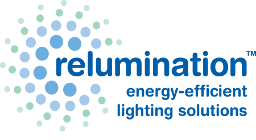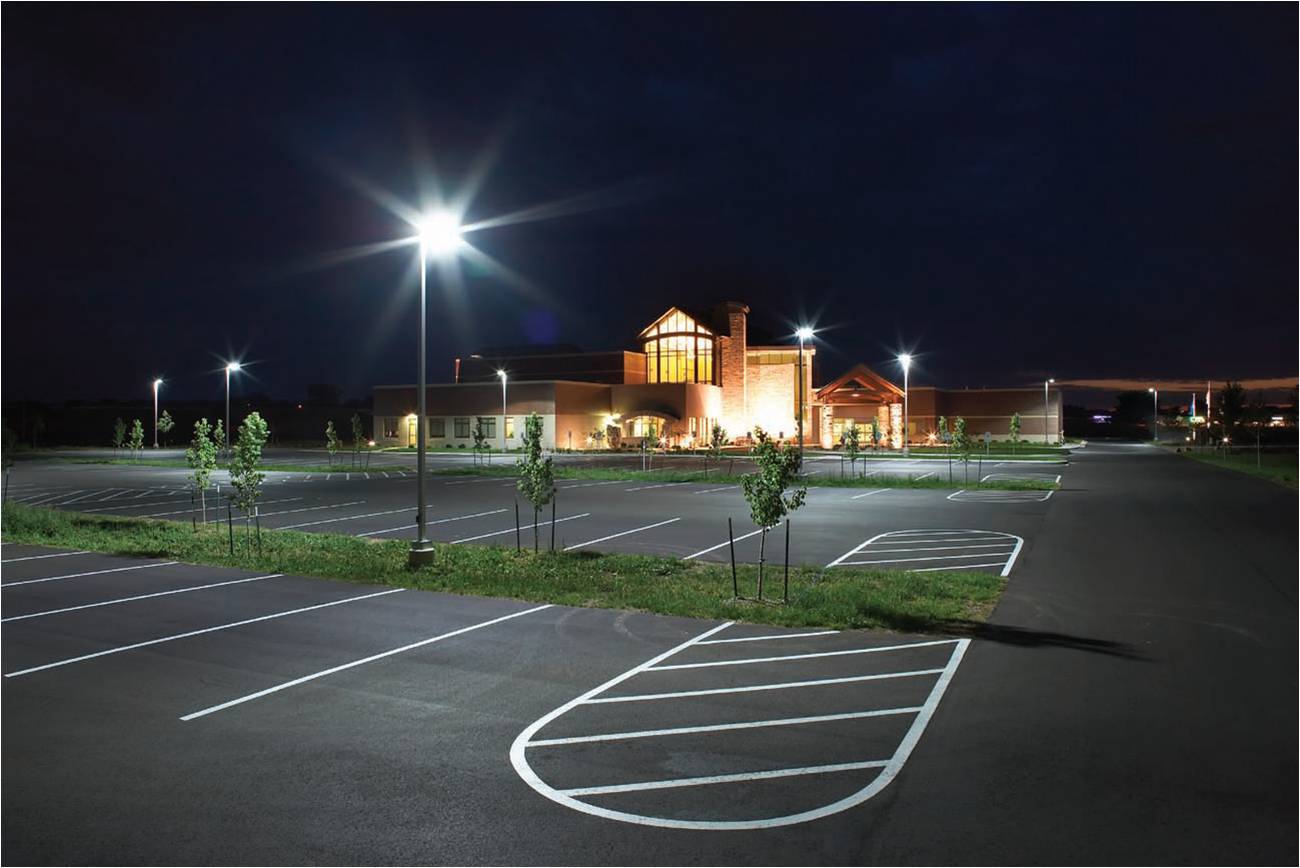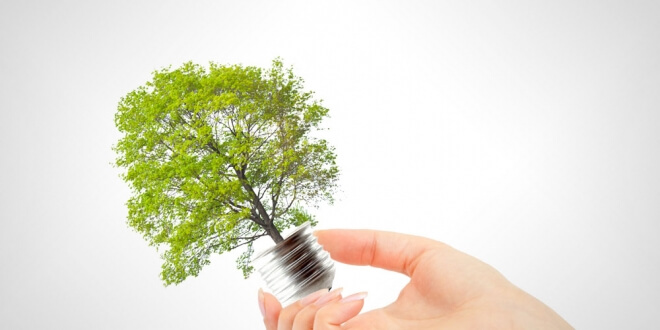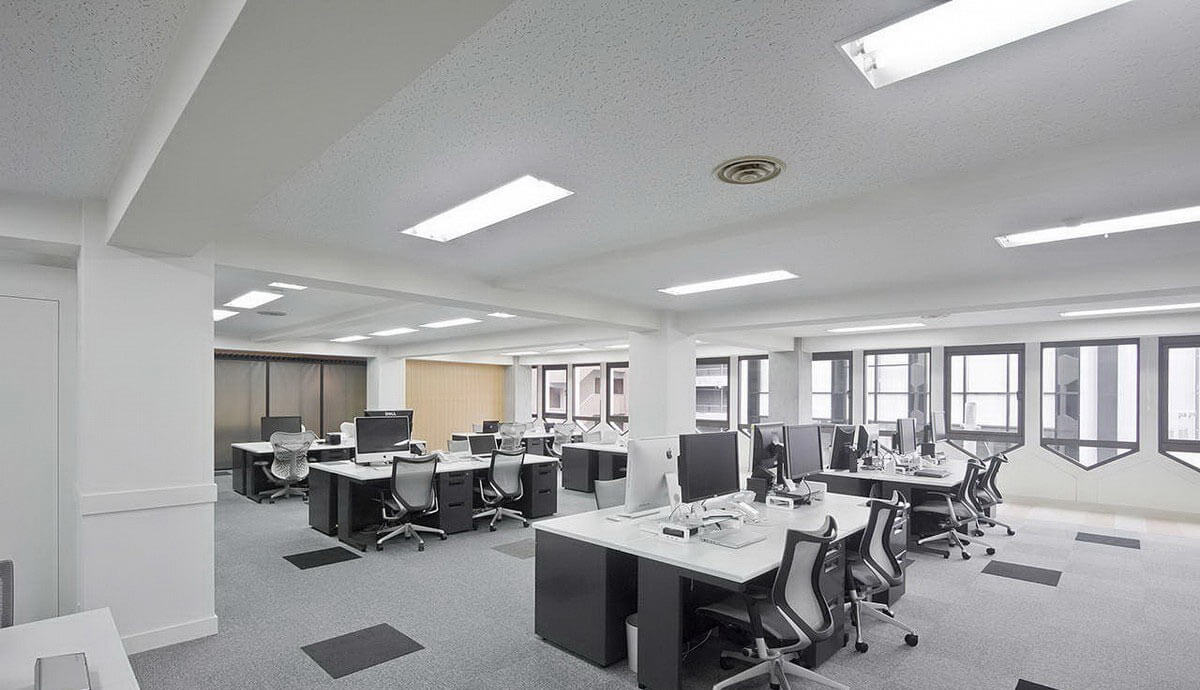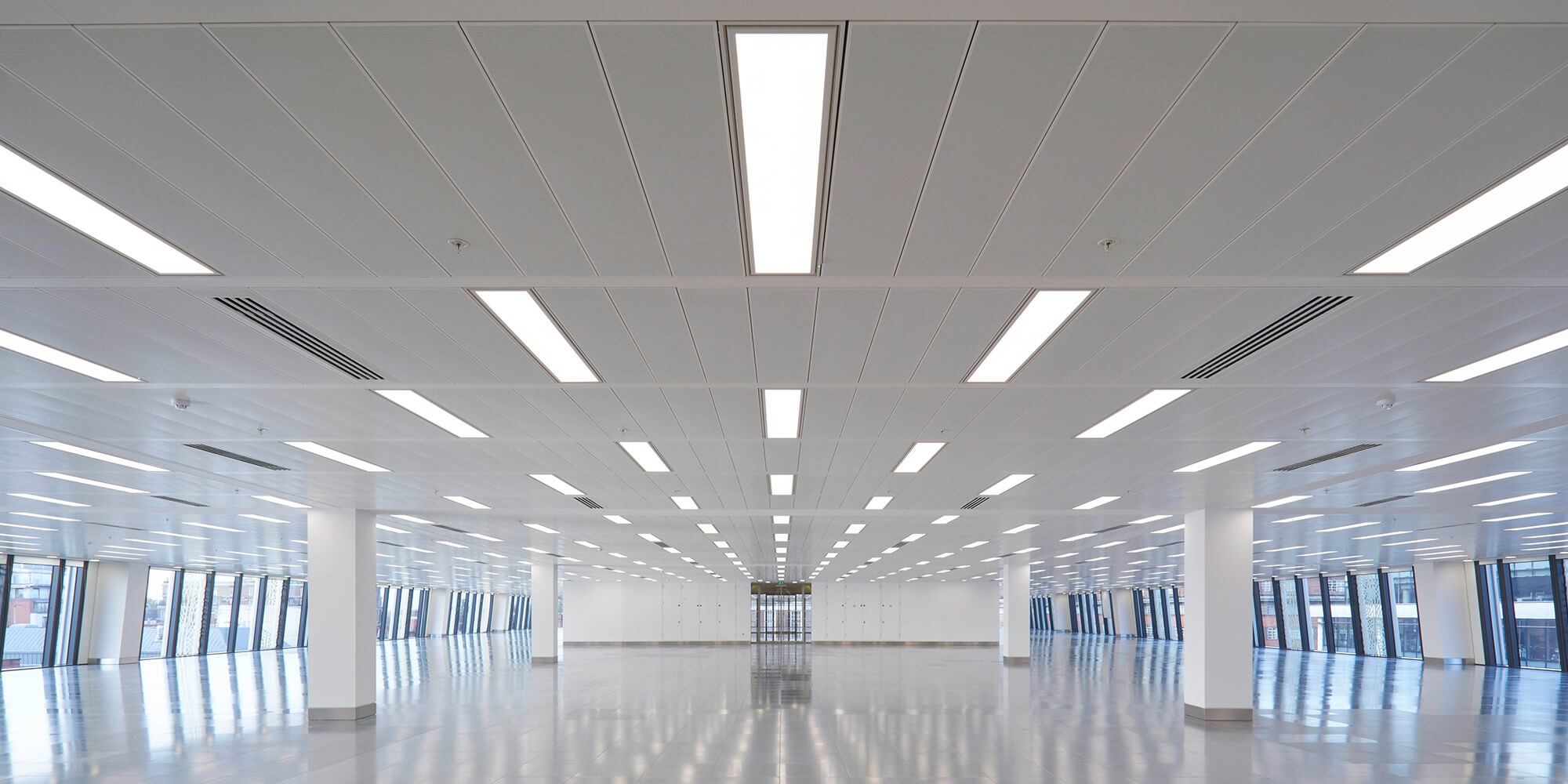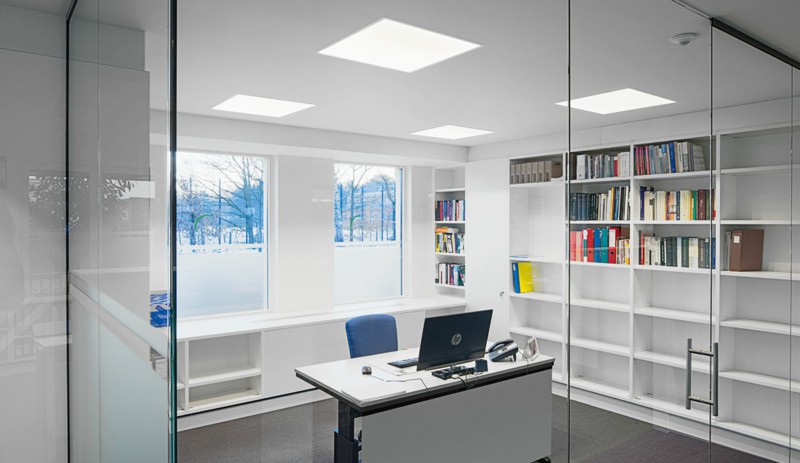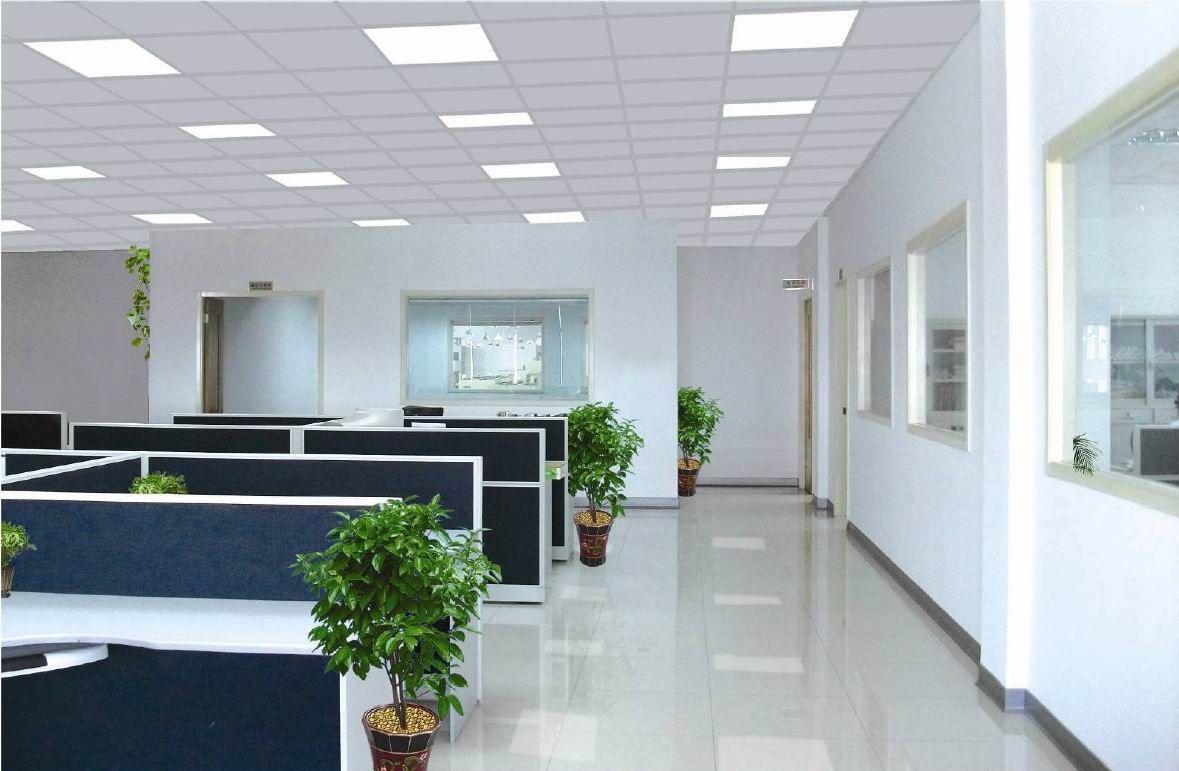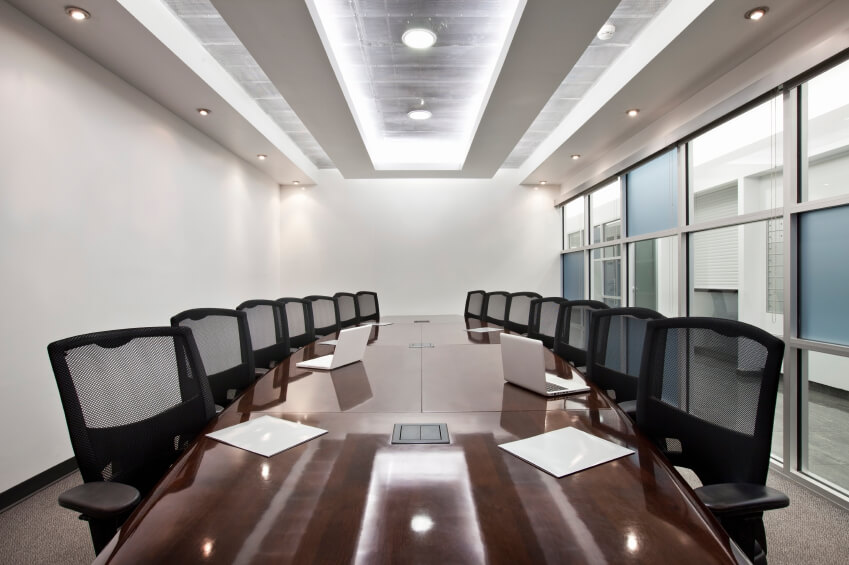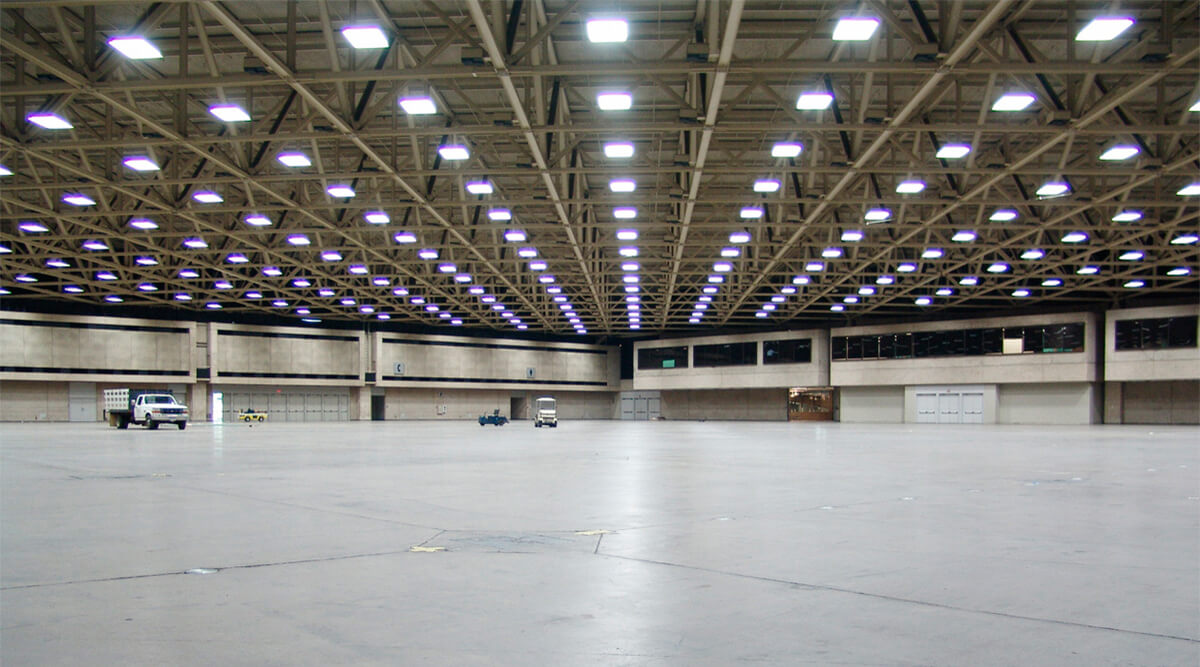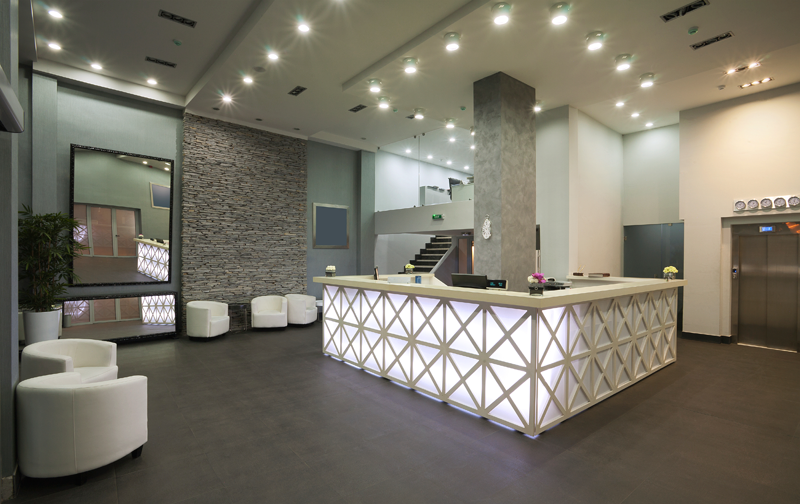As the days get shorter and the nights longer, having exterior lighting is more important than ever. Whether you own an office building or an apartment building, you need to make sure that the office workers or apartment tenants stay safe. People will be leaving work when it’s dark, and ice and snow can create dangerous situations.
Exterior lights should be placed along all walkways around your building, by steps, and near the entrance. Having lights near the entrance will make the building look more welcoming. You also want lights in the parking lot so that people can enter and leave their cars safely, and so that they can see where they are going (around one in five collisions occur in parking lots).
Lights should also be installed all around your building, especially near any entrance points. This will keep your building safe at night from intruders.
When installing exterior lighting, you need to consider a number of things. First of all, the outside surroundings usually don’t reflect light as much as indoor furniture. This can cause the light to shine heavily on one area without lighting up other areas. You want the light to cast a glow over a large swath of land. You also don’t want the lights to be too bright and end up shining through the building’s windows.
Of course, all exterior lights must be able to withstand the outdoor weather conditions such as rain, snow, heat, and frost.
